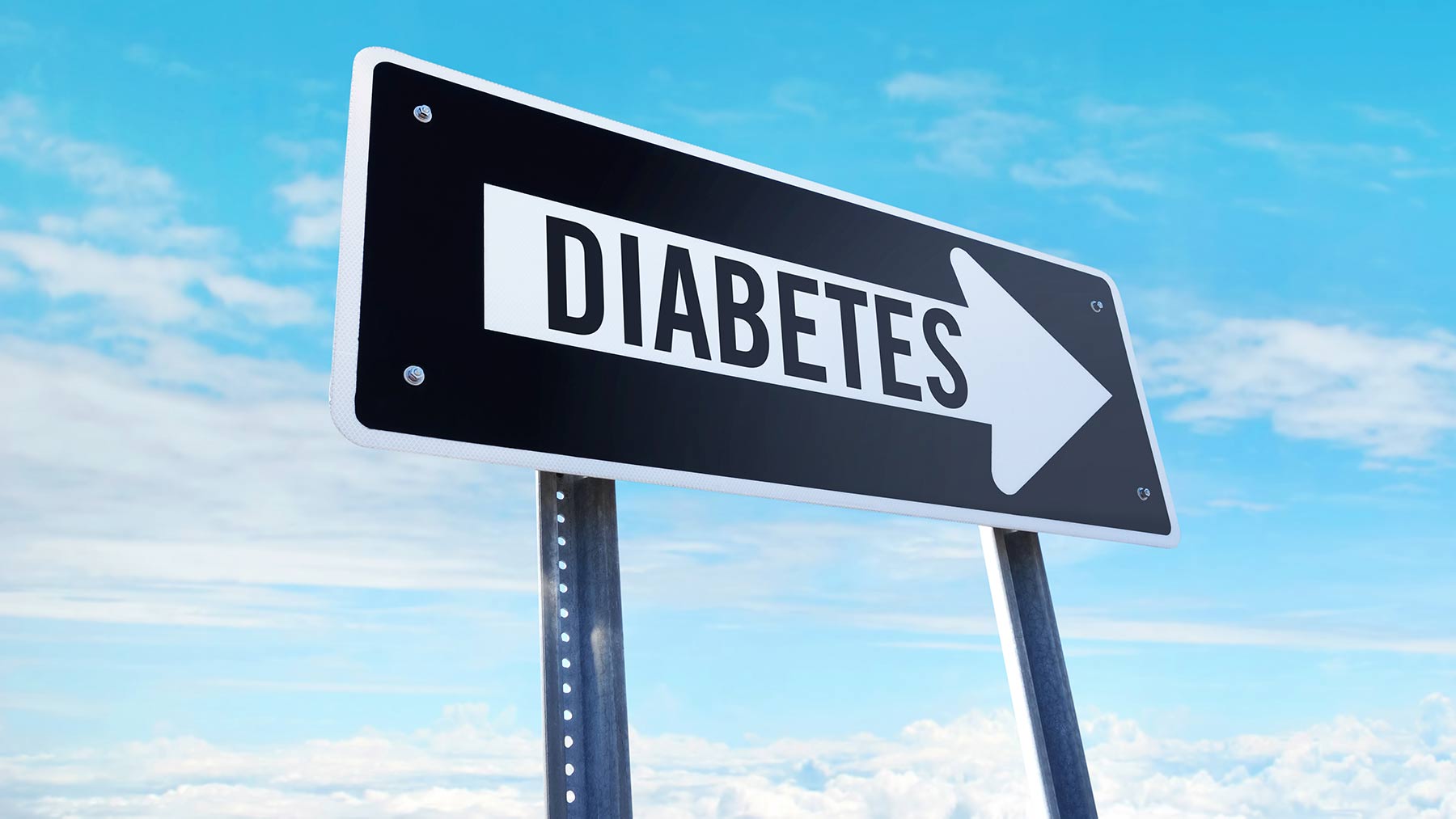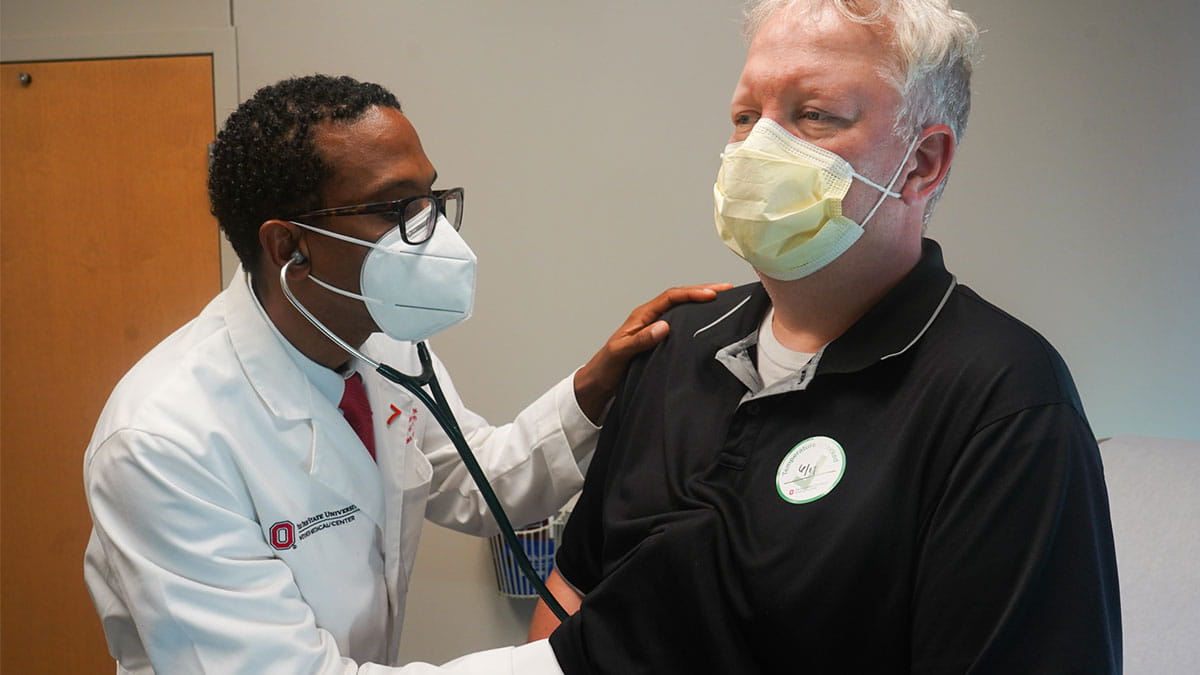How to get off the road to Type 2 diabetes

If only all of our challenges in life came with warning signs of danger ahead. When it comes to Type 2 diabetes, we often do get those warning signs – in the form of what’s come to be known as prediabetes.
While not a diagnosis itself, the term "prediabetes" is used to bring the disease to people’s awareness. You don’t have Type 2 diabetes yet, but you’re on that road. There’s danger ahead and you still have time to avoid it. Exit now by making changes.
What is prediabetes?
Prediabetes means your body either isn’t making enough insulin after eating, or isn’t responding to insulin properly. Your blood sugar is higher than normal, but not in the range for diabetes. We measure blood sugar with a simple blood test. A fasting plasma glucose test with a blood sugar reading between 100 and 125 or a hemoglobin A1C test reading between 5.7 and 6.4 percent is considered prediabetes.
When you’re told you have prediabetes, you’re already at higher risk for heart disease and stroke. This is the START of diabetes. It’s real, and it should be taken seriously to avoid progressing to Type 2 diabetes and its other complications, such as neuropathy, retinopathy, kidney disease and skin conditions.
No symptoms
It’s often difficult to get patients to understand the path they’re starting down because there are no symptoms at this point. They feel fine. It’s only when the disease progresses into diabetes and isn’t controlled that we see some of the classic signs: increased thirst, frequent urination, fatigue and blurry vision.
Risk factors
A family history of Type 2 diabetes is the biggest risk factor for someone developing the disease. Obesity and lack of physical activity also contribute. Women who have a baby over 9 pounds are at increased risk of developing diabetes. People with metabolic syndrome are also at higher risk. This is simply a group of risk factors that includes high blood pressure, high blood sugar, unhealthy cholesterol levels and abdominal fat. Having any three leads to a much higher risk of diabetes. You can learn more about your risk for diabetes using this calculator from the American Diabetes Association.
Slow the progression
The good news is that lifestyle changes can help many people with prediabetes delay or even prevent it from becoming Type 2 diabetes.
Get more physical activity than you are right now. Even walking is enough. Get moving and get your heart pumping for about 30 minutes per day.
Try to eat better. Cut back on sweets and starchy carbohydrates such as bread and pasta. Add more whole grains, vegetables and low-fat proteins to help you feel full.
If you’re overweight, aim to lose at least 15 lbs. Research shows this is enough to make a difference.
Talk with your doctor if you’re concerned about a risk of diabetes. Catching the disease early means you control when or if it happens.




